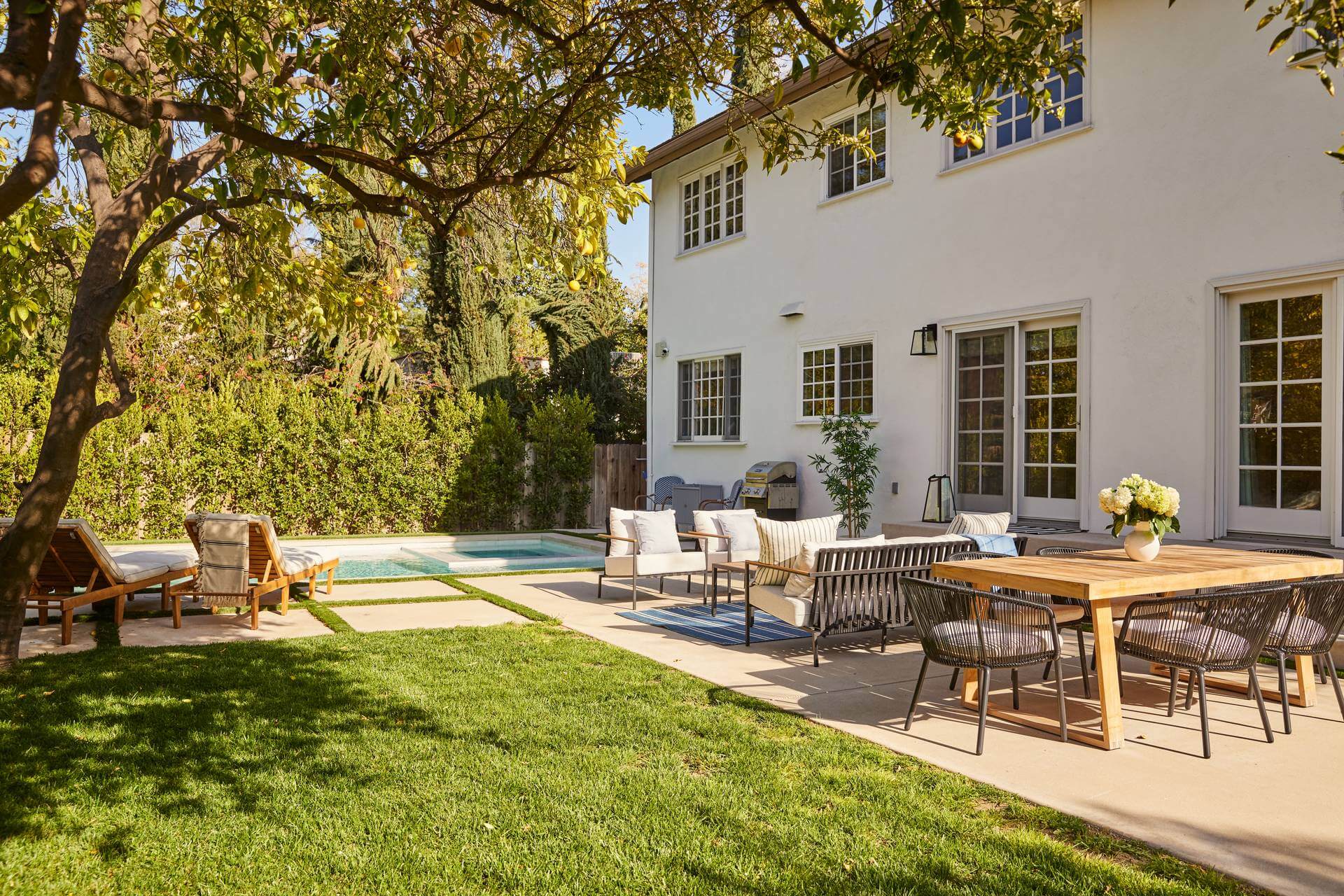Unknown Facts About Landscapers
Unknown Facts About Landscapers
Blog Article
The 15-Second Trick For Landscapers
Table of ContentsNot known Factual Statements About Landscapers 3 Easy Facts About Landscapers ShownLandscapers - An OverviewHow Landscapers can Save You Time, Stress, and Money.Landscapers Fundamentals ExplainedThe smart Trick of Landscapers That Nobody is Talking About
- A yard function where water is represented by an accumulated rock item, typically a gravel or granite. These are most typically discovered in contemporary and Japanese yard layout.- A stone or flagstone outdoor patio, path, or sidewalk built without a concrete base. The base would be compacted crushed rock and the joints would certainly be an accumulation or walkable ground cover. - A rock maintaining or free standing wall developed without the usage of mortar. A highly proficient mason is needed for a completely dry stack stone wall surface. The majority of wall surfaces in Rose city are not dry piled, also if they appear to be. - An underground structure that accumulate water and enables it to reduce percolate right into the dirt around it.
Landscape design that works with a sites' environment in both appearance and sustainability without adverse impacts to the environment. Interrupting the landscape is a line of separation that produces visual passion in the garden by dividing one sector from another section. This can be visual or useful, keeping one aspect (such as pea crushed rock) from getting mixed into one more (like bark dirt).
Areas can also have a feeling of "enclosure" offered by trees, various other growings, fencings, or displays. The landscape near the entrance to a structure.
Everything about Landscapers

The element in a landscape layout or location in a landscape that is implied to be most prominent. The prime focus can be a plant, rock, sculpture, collecting room, or other landscape feature. A style of gardens or yard components that worry straight lines, appropriate angles and circles. Bushes or hedges found in beds near the foundation of a home or other framework.

The 30-Second Trick For Landscapers
Reduced plants that are enabled or urged to spread out over a location. Can refer to any type of "difficult" garden elements consisting of statuary or stones but most commonly is used to refer to paths, patios, and walls - Landscapers.: Height distinction Your Domain Name between the degree of water in a fish pond (or the degree of the pump if it rests outside the pond) and the top electrical outlet of water which affects performance of the water pump in gph (gallons per hour).
Fence boards that run flat, typically made use of in contemporary or Japanese-inspired landscape designs. Appropriate use of fictional lines can assist the landscape really feel linked to the home and various other aspects.
Standard PNW landscapes are casual. A plant that spreads out even more than preferred, or into environments where it does damage.
How Landscapers can Save You Time, Stress, and Money.
Can consist of head positionings and protection, pipe sizing, GPM useful content specs, and materials required to install this system. Certified expert who creates landscapes, coached in engineering and design as well as in cultivation.
The professional who prepares and creates landscape jobs, normally at a domestic or small industrial degree with the significant layout inspiration on plantings. Landscape developers usually have much less education than Landscape Architects and are not certified. A finished landscape layout, outlining all elements for the brand-new landscape. This typically takes the type of an illustration on paper.
Making use of numerous plantings of the exact same variety to load in an area in the landscape. This can lower maintenance and water use in the yard.
A layer of garden compost or bark dust used at the base of a plant. A plant that was present in a geographic place prior to people started transforming the landscape.
What Does Landscapers Mean?
Just how the garden or a garden element is arranged in relationship to an existing or brand-new function or to a direction. Preserving a grass without the usage of chemical herbicides, pesticides, or fertilizers. Lawns that are not mowed but expanded in landscapes as perennials. This is a partially open sided leisure or leisure area that adjoins a home, used for entertaining, outside eating and merely enjoying the outside environment.

Plants that offer seasonal passion and then pass away back in the wintertime. Cold period that site yard that is the most typical turf yard in Portland, OR and the rest of the PNW.An open roofed framework over an outdoor patio or various other landscape feature.
Basalt aggregate ranging in dimension from 1/4" down to dust. One of the most common landscape crushed rock in the PNW. Location of the landscape developed to manage water until it can saturate right into the ground. A chain that regulates water as it takes a trip from a roof gutter to the ground. Garden framework that produces a growing area that is contained and higher than the surrounding quality.
Structure made of wood, concrete, leading rocks, blocks or other products for supporting inclines and avoiding excessive disintegration. Slim gutter. Creating a garden feature consisting largely of rocks with growings that complement and can flourish in the rough environment. Sprinkler head style that turns a stream of water across an area.
The Greatest Guide To Landscapers

Report this page